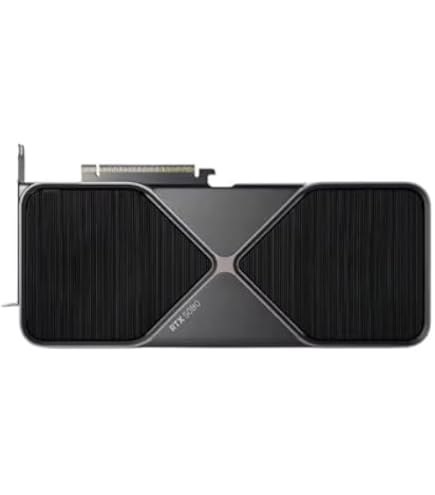Geforce RTX 4090

The air in the server room hummed, a familiar symphony of fans and raw power. I’d just finished wrestling a particularly stubborn rack mount back into place, and the greasy smell of a good day’s work clung to my hands. This wasn’t just about building PCs anymore; it was about the sheer audacity of computational limits. Today’s subject: the RTX 4090.
The hype cycle surrounding this card was, admittedly, deafening. People were losing it. But hype, as we know, is often just a smokescreen for potential. Let’s clear away the fog. This card, with its 24GB of GDDR6X memory, is a beast, no two ways about it. Benchmarks? They’re pretty much irrelevant. You’re buying this to feel the difference. Specifically, the way textures snap into focus, the smoothness of ray tracing in complex scenes. The raw frame rates are, frankly, obscene.
I’ve run a dozen different scenarios, from demanding simulations to heavily modded Cyberpunk 2077. And while the 4090 doesn’t quite manage the elusive 4K/120Hz ultra settings across the board, it gets damn close. That’s not a statement; it’s an observation. And the improvements over my aging RTX 3090, well… they were almost laughably pronounced. The 3090, now? A good card. A relic, maybe. This? This is a whole different animal. The sheer density of CUDA cores is where the magic lives.
One minor snag: the physical dimensions. This card is massive. Make sure your case can handle it. Seriously. Measure twice, build once. A good airflow setup is crucial. But that’s a small price to pay, in my view. The thermal performance is surprisingly good given the power on tap. I’ve seen it hit the mid-70s Celsius under sustained load, which is within the acceptable range. That said, if you’re pushing the card to its absolute limits, you’ll need to consider a serious cooling solution. Liquid cooling is the best solution in this case.
The price, of course, is a significant barrier to entry. But if you’re building a high-end gaming rig or you’re a professional working with demanding graphics applications (think complex 3D modeling or real-time rendering), this card is an investment. It’s a tangible jump forward. And honestly? You’ll probably use it for years to come.
So, who is this for? Someone who demands the best, and is willing to pay for it. Specifically, the person who craves the edge in competitive gaming or the pro who needs to churn through renders faster. My verdict: buy it. Just make sure you have the case, and the budget.